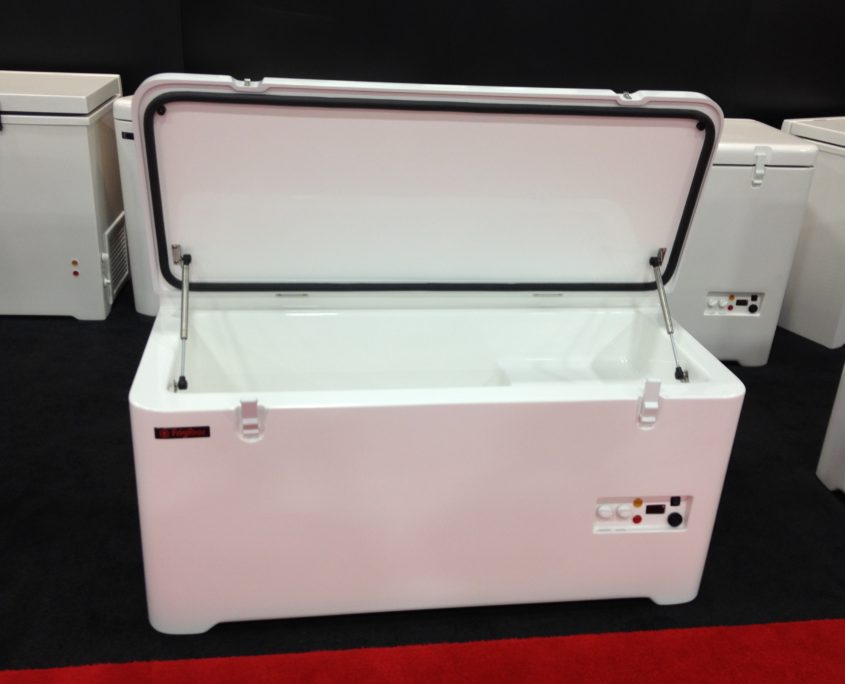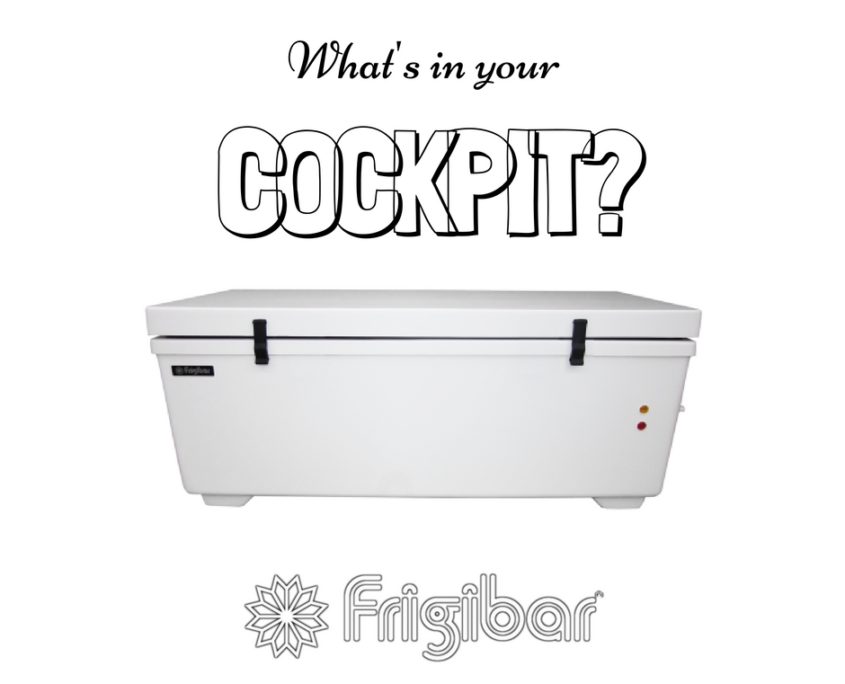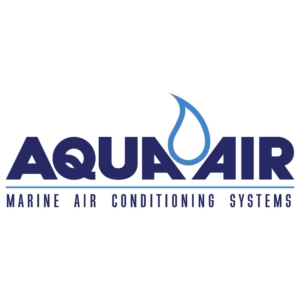6 Freezing Tips to Help You Use Your Freezer Like a Pro

Cooking, baking, refrigerating, and freezing — on the surface, they all seem like extremely simple actions. In reality, there are tips, secrets, and right and wrong ways to approach each. Unlike cooking and baking, you won’t find many online courses, schools, or reality television shows dedicated to freezing or refrigerating items, but that doesn’t mean they aren’t important. Freezing properly will extend the life of your freezer and your food, and ensure food safety.
At Frigibar, freezing is our business. We’ve been manufacturing quality marine refrigeration products for over 45 years. To help you utilize your freezer like a pro, here are six freezing tips you can start using today.
Rotate and Organize:
A big, thick steak that’s currently at room temperature is going to take more effort from your freezer to freeze than a bag of frozen vegetables. When loading non-frozen items into your freezer, rotate the contents in your unit to efficiently freeze what you’re putting in. For units that are not designed to recirculate the cold air, items closest to the evaporator coils will cool or freeze more quickly.
If the items against the evaporator or walls of the freezer freeze first, this could insulate the items in the middle. Think of an igloo — cold blocks of ice on the outside and a protected area in the middle. By rotating the contents from the middle to the walls or against the evaporator and the solid frozen items from the walls nearest the evaporator to the middle, you will be sure to completely freeze all items in the unit.
Let It Cool First: Freezer systems are designed to remove warm air from the box. If placing hot food into your freezer, not only will your unit have to work much harder to cool and freeze the item, the temperature in your unit will temporarily increase, which could impact other items in the freezer.
Don’t risk the safety of your frozen food or overwork your freezer by putting hot items into it too soon. There are freezer systems designed specifically for cooling hot food. If you don’t have one of these systems, consider letting the food cool or even pop it into the refrigerator for a bit before transferring it to the freezer.
Create Space Between Food:
Overcrowding, like having an HVAC vent that’s closed, can prevent the cooling of what’s in your freezer. By creating space between food items, cold air can properly circulate around items in your freezer.
Tip: For a few dollars apiece, you can purchase plastic bins with holes to create space in between items and organize your food.
Don’t Freeze It!: Not every food item should be frozen. Travel and Cook has the following list of what you shouldn’t be freezing:
- Raw eggs still in the shell (they will expand and may crack)
- Hard-boiled eggs go rubbery
- Vegetables with a high water content, such as lettuce, cucumber, bean sprouts and radishes, go limp and mushy
- Soft herbs, like parsley, basil, and chives, go brown
- Egg-based sauces, such as mayonnaise, will separate and curdle
- Plain yogurt, low-fat cream cheese, single cream and cottage cheese go watery
Additional Tip: Carbonated beverages should not be frozen or placed inside your freezer due to the risk of the cans or bottles exploding.
Keep It Running and Occupied: Freezer systems want to run, constantly. Keeping your freezer plugged in and running will keep the system functioning at its best. An empty freezer will have to work harder, so if you pull all the contents out, leave a couple of jugs of water inside and turn the temperature to a warmer setting.
While it won’t hurt the system to turn it off for a season, a system that runs constantly will have a longer life. If you do decide to shut it down while not in use, prop the lid or door open to avoid mold and mildew growth inside the unit. If you have to leave the door or lid closed, look into placing something like a jar of Tea Tree Power Gel, that naturally eliminates mold, mildew and odors inside to keep you the interior of your freezer unit fresh for your return.
Defrost Ice Build-Up: It is inevitable to get some frost build-up in your freezer. This frost is created from moisture that gets into the box and is most commonly due to a poor seal or just from normal use of opening and closing the unit letting warm air in, which turns into water vapor. Having a huge block of ice on your evaporator or walls of your freezer will make it run less efficiently.
Depending on your freezer system, there are a few ways to defrost your system safely and properly. Some freezers come with a build-in automatic defrost. If you have an auto-defrost system you’re in luck, and you don’t have to do anything since the system will care for itself. If you have significant frost build up in a “frost-free” freezer, you may want to have a technician look at it as it could be a symptom of an issue. If your system doesn’t defrost automatically, here are three of the most common defrost options:
- Remove all the items in the freezer, turn it off and let the ice melt. Make sure to place some towels to catch the water so it doesn’t wind up on the floor.
- Wet a sponge with warm water and melt the ice as it is applied.
- If you have a chest or bench-style unit, like a Frigibar, with a drain in the bottom, running or pouring water over the ice build up to melt it will do the trick.
With any of the methods, make sure to wipe the freezer walls and evaporator coil dry before turning the system on.
Additional Tip: If you have a freezer system that uses an exposed evaporator plate, never, ever, ever (we can’t stress this enough) use an ice pick, knife, or other object that may puncture the evaporator plate. One small puncture will render your system useless and repairs or replacements are often costly.
Take good care of your freezer system and it will take care of you for a long time to come!
 Use the best in marine refrigeration – order your Frigibar marine refrigeration system today on Frigibar.com. Have questions? We are happy to help! Call 305-757-7697 to speak with one of our experts today.
Use the best in marine refrigeration – order your Frigibar marine refrigeration system today on Frigibar.com. Have questions? We are happy to help! Call 305-757-7697 to speak with one of our experts today.



